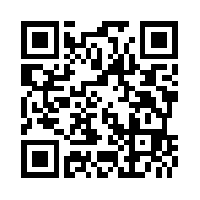 QR codes are commonly used for marketing and in the service industry from online restaurant menus to linking to company websites. They are convenient and aesthetic and now new 2D barcodes unlock a wealth of information for labeling.
QR codes are commonly used for marketing and in the service industry from online restaurant menus to linking to company websites. They are convenient and aesthetic and now new 2D barcodes unlock a wealth of information for labeling.
As of today, barcoding is represented by the Universal Product Code (UPC) which consists of parallel lines and is accompanied by 12 numbers. This technology has “helped expedite commercial transactions and improve inventory management for over five decades.” The newest generation of two-dimensional is shaped like a square or rectangle with a dot pattern and can provide more information to consumers.
GS1 shares a worldwide initiative called Sunrise 2027 which helps supply and demand-side organizations and solution providers move from the standard barcodes to the 2D web-enabled version. The 2D barcodes hold more data and more information for consumers and stakeholders. The information will also help enable:
• Improved inventory management
• Enhanced recall readiness
• Greater sustainability and ethical sourcing
• Better product authentication
• Greater brand trust
“With a single scan on a smartphone, consumers can get the information they need, like nutritional information, allergens, sustainability, and sourcing data, as well as any other web engagement activities all powered by GS1 Digital Link.” Carry this same scenario into the medical field and the ability to scan at a patient’s bedside for real-time consumer information needs.
Pragmatyxs can help your organization understand what you can do now to begin implementing 2D barcoding.